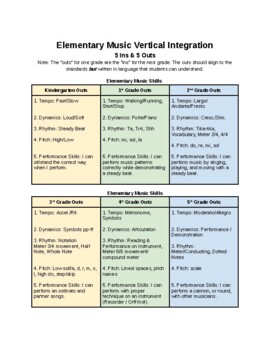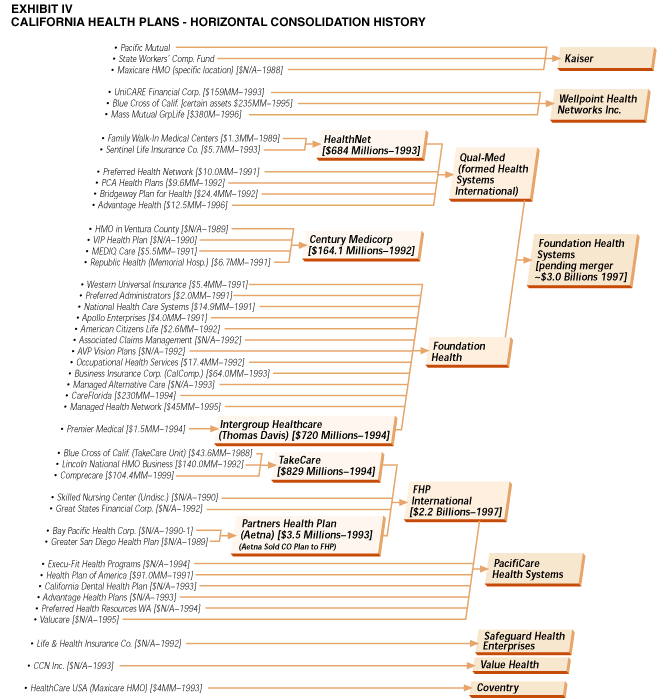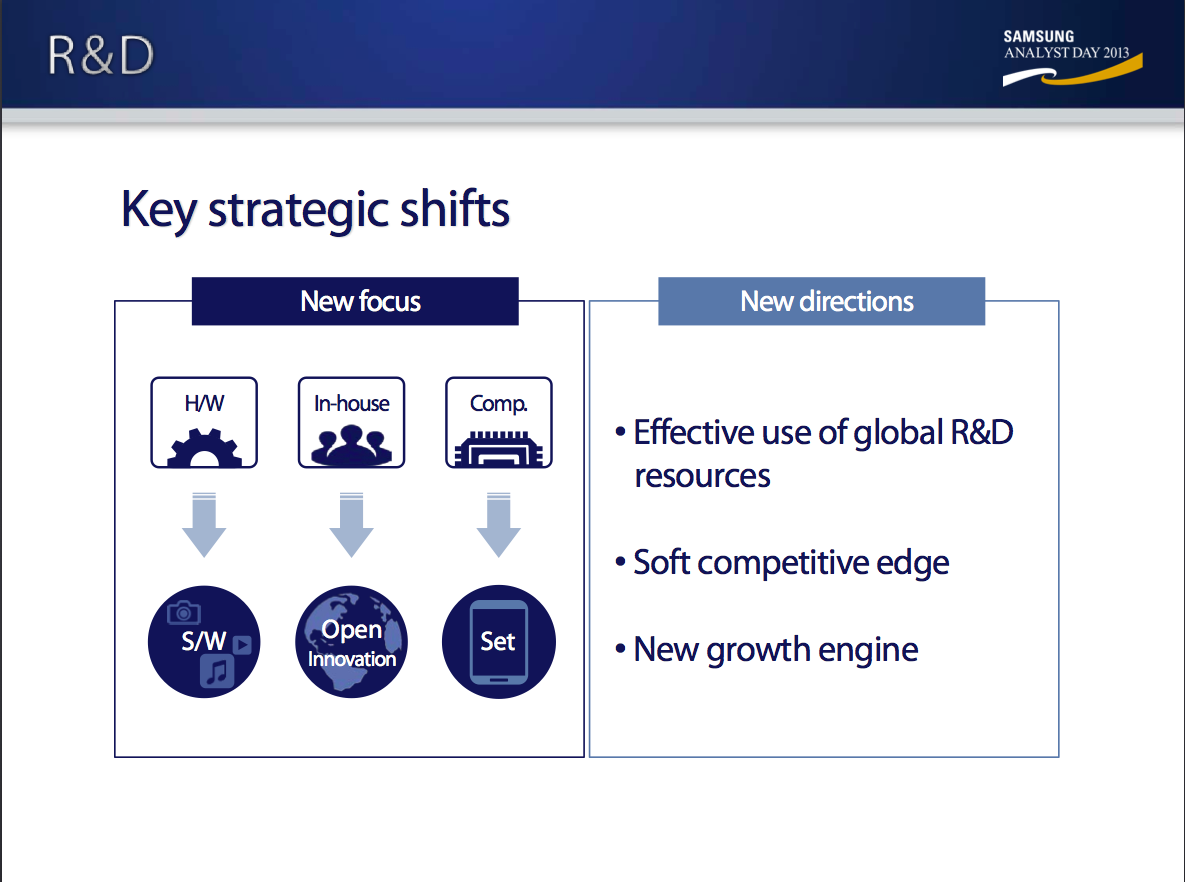Vertical integration refers to the process by which a company expands its business operations by taking control of the entire production and distribution chain. This can involve moving from simply producing a product to also distributing and selling it, or even further to acquiring raw materials and suppliers. Vertical integration has a long history dating back to the Industrial Revolution, when it was first utilized as a way for companies to increase efficiency and control over their operations.
One of the earliest examples of vertical integration was the cotton textile industry in the 18th and 19th centuries. At the time, the production of textiles involved a number of different steps, including spinning, weaving, and finishing. Many textile manufacturers found it more efficient to bring these processes in-house rather than relying on external suppliers. This allowed them to have greater control over the quality of their products and to reduce costs by eliminating the need for intermediaries.
Another example of vertical integration occurred in the steel industry during the same period. In the early days of steel production, raw materials such as iron ore and coal were often sourced from external suppliers. However, as the industry grew and competition increased, companies began to acquire their own mines and coal fields to ensure a steady supply of raw materials. This allowed them to control costs and reduce their reliance on external suppliers.
In the 20th century, vertical integration became more common in a variety of industries, including automotive, oil and gas, and consumer goods. Companies such as Ford and General Motors adopted vertical integration as a way to streamline their operations and increase efficiency. For example, Ford famously implemented an assembly line production system in which all of the various components of a car were produced in-house and then assembled on a moving conveyor belt. This allowed the company to produce cars more quickly and at a lower cost than its competitors.
Vertical integration has not always been successful, however. In some cases, companies have found that it is more efficient to outsource certain parts of their operations to specialized suppliers. In other cases, companies have struggled to manage the additional complexity that comes with expanding their operations into new areas. Additionally, vertical integration can lead to conflicts of interest and can limit a company's ability to adapt to changing market conditions.
Overall, vertical integration has played an important role in the history of business, allowing companies to increase efficiency and control over their operations. While it is not always the right strategy for every company, it has proven to be a successful approach for many firms in a variety of industries.







